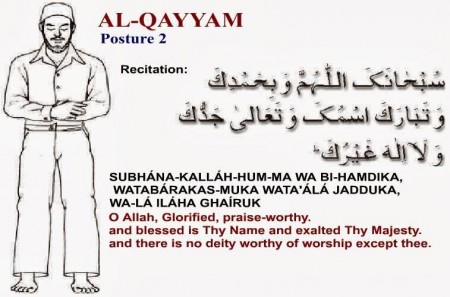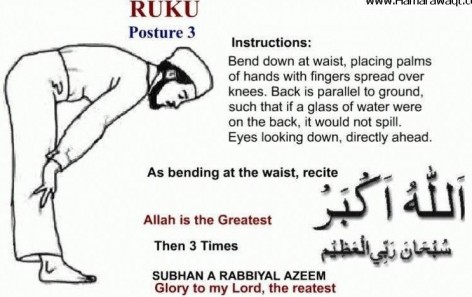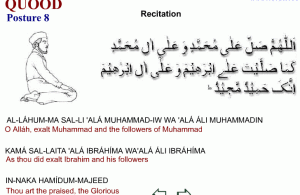This post is also available in: العربية (Arabic) اردو (Urdu)
There are no two opinions in Islam about the advantages of Namaz (Salah) – However, science has finally come to a very similar page, not in terms of religious advantages, but medical reasons. What Muslims believe to be ‘Noor’ on a Namazi’s face; science calls it a well-sought exercise that relaxes different parts of the body whilst praying 5 times a day.
Starting from the Wuduh, which cleanses the body 5 times a day, to the Salam – here are a few medical advantages of praying regularly.
Standing straight (Al-Qayyam)

Whilst standing for Qayyam, it has been researched and proven that the body is in such a stature that it reliefs your back, toes and knee pain. The stiff straight position with the head bowed down is best for the knees – especially if you go to pray after sleeping, which means Fajr.
1. Back pain relief – 37%
2. Toe pain relief – 17%
3. Knee pain relief – 53%
Bending over (Rukooh)

The forward bending Rukuh position is best for a person’s lower vertebrate – relaxing the lower back, hip pain, knee pain, ankle pain, and toe pain. According to yogic philosophy – Rukuh helps in maintaining the flexibility of your shoulders, elbow, wrist, knees, and ankles.
4. Lower back pain – 18%
5. Hip pain relief – 31%
6. Knee pain relief – 63%
7. Ankle pain relief – 32%
8. Toe pain relief – 22%
Prostate (Sajdah)

During prostate or Sajdaah, the position of the body is known as Vajrsana – relaxing the lower back, ankle, toes, knees, and wrists. The constant practice of Sajdah helps maintain smooth sailing for your brain, lungs, body muscles, joints, and vertebrate column.
9. Lower back pain relief – 24%
10. Ankle pain relief – 27%
11. Toe pain relief – 13%
12. Knee pain relief – 53%
13. Wrist pain relief – 28%
Sitting straight (Qa’ada)

The procedure then ends at Qaadah or Quood – which helps bring relief to the back, toes, and knees. The constant exercise during Namaz helps the body then gain its energy back in this position. The Namaz is then finished with ‘Salam’ – which is an excellent exercise for the neck and vertebra column – yogic philosophy knows it as the Griva Sakti Vikasaka which means strengthening of the neck.
14. Back pain relief – 37%
15. Toe pain relief – 17%
16. Knee pain relief – 53%
Did you know about these absolutely awe-inspiring medical facts of Namaz? Share it with your friends and family to help them know Namaz isn’t just a practice, it’s a complete and well-thought plan. There are many disbelievers that do not vouch for a fact until proven by science and this is a textbook example of why they are wrong most of the times.


